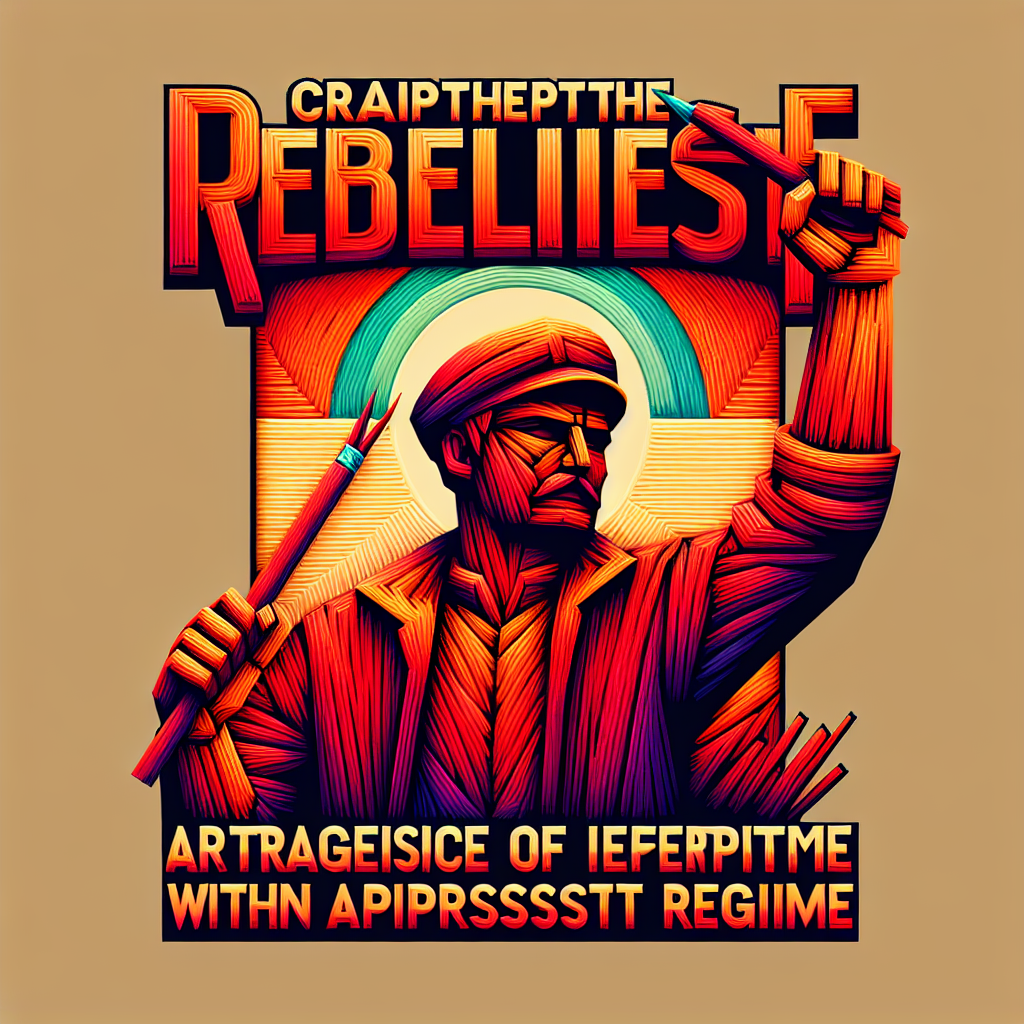The Enigmatic Brilliance of Ernst Neizvestny
Who was Ernst Neizvestny? Imagine a mind that could seamlessly blend the precision of engineering with the unbounded creativity of art. Neizvestny was a Russian-American sculptor and political activist whose sculptures and philosophies projected an unyielding exploration of human complexity throughout the 20th century. Born on April 9, 1925, in Sverdlovsk (now Yekaterinburg), Russia, his colossal sculptures are scattered across the globe, transforming historic and cultural narratives into tangible touchpoints. But what drove Neizvestny to create such profound art, and why does his work continue to resonate brightly in the corridors of modern artistic expression?
A Journey Through Turbulent Times
To comprehend Neizvestny’s artistic vision, we must first understand the circumstances that shaped his life. Living through the tumultuous tides of Soviet Russia, the Second World War, and subsequent Cold War pressures, Neizvestny’s experiences were deeply woven into each piece he created. Educated in both philosophy and art, his wide-ranging knowledge allowed him to merge intricate ideas with visual splendor. After serving in WWII, where he was severely injured, Neizvestny studied at the Surikov Institute in Moscow and later at the Academy of Fine Arts in Riga. He imbibed a potent blend of influences from classical European art to Soviet constructivism, all while developing a unique voice that challenged societal norms.
Art as a Resilient Force
Neizvestny’s works speak loudly across various media, from grandiose sculptures to provocative graphic artworks. At the core of his art lies a duality—creating expressive, dynamic forms that defy static traditionalism while addressing existential themes central to the human experience. Arguably one of his most significant contributions is "Mask of Sorrow", a towering monument in Magadan symbolizing the suffering of the millions lost during Stalin’s purges. This emotional masterpiece uses its colossal form to elicit introspection and historical acknowledgment. Another example is his "Tree of Life", an expressive symbol of hope and renewal, further emphasizing Neizvestny's optimism in humanity's potential.
Crossing Cultural Boundaries
Ernst Neizvestny was not confined by geographical or cultural restrictions. Moving to the United States in 1976 under the constant scrutiny of the KGB, he expanded his horizons and infused Western styles into his classical Russian roots. Neizvestny continued to create, teach, and inspire across America, with works resting in New York's peace park and beyond. His international career trajectory provided him with the platform to speak globally about the unifying nature and power of art. His life's work stands as an unwavering testament to the belief that art can break boundaries and unite people across diverse backgrounds.
Merging Art with Scientific Thought
With a scientific, optimistic outlook, Neizvestny’s mind was always attuned to the limitless curiosity necessary for both science and art. He considered sculpting akin to solving intricate problems, looking for elegance not only in form but also in deeper meaning. His philosophical tendencies often highlighted contrasts between rigidity and fluidity, chaos and order—concepts equally adored in scientific exploration. Notably, Neizvestny's affinity for theoretical and abstract concepts often delineated the complexities of human nature through sculpture.
Living On: Neizvestny's Enduring Impact
Ernst Neizvestny passed away on August 9, 2016, but his legacy lives on robustly in the art world. He left a cachet of works infused with rich symbolism, fostering appreciation across different disciplines. His creations continue to educate and uplift humanity’s spirit while challenging viewers and artists alike to question, reflect, and grow. By intertwining art with existential inquiries and optimistic foresight into humanity's future, Neizvestny’s work offers a persistent reminder of the exceptional achievements of the human spirit.
Why Neizvestny's Work Matters Today
In analyzing his work through a modern lens, one cannot ignore the relevance of Neizvestny's themes today. In an increasingly fragmented world, his art acts as a clarion call for unity, reflection, and an embrace of our shared human journey. Whether through monumental representations of historic grief or intimate celebrations of life’s complexities, his art invites continued dialogue, celebrating the beautiful intricacies within our collective existence.
In allowing ourselves to ponder the visions he carved in stone and shaped in metal, we are reminded that art’s enduring power stretches beyond any singular definition. Neizvestny's creative genius invites us to explore, appreciate, and continuously discover not just the intricate tapestries of our past and present but the boundless potential of our future.

